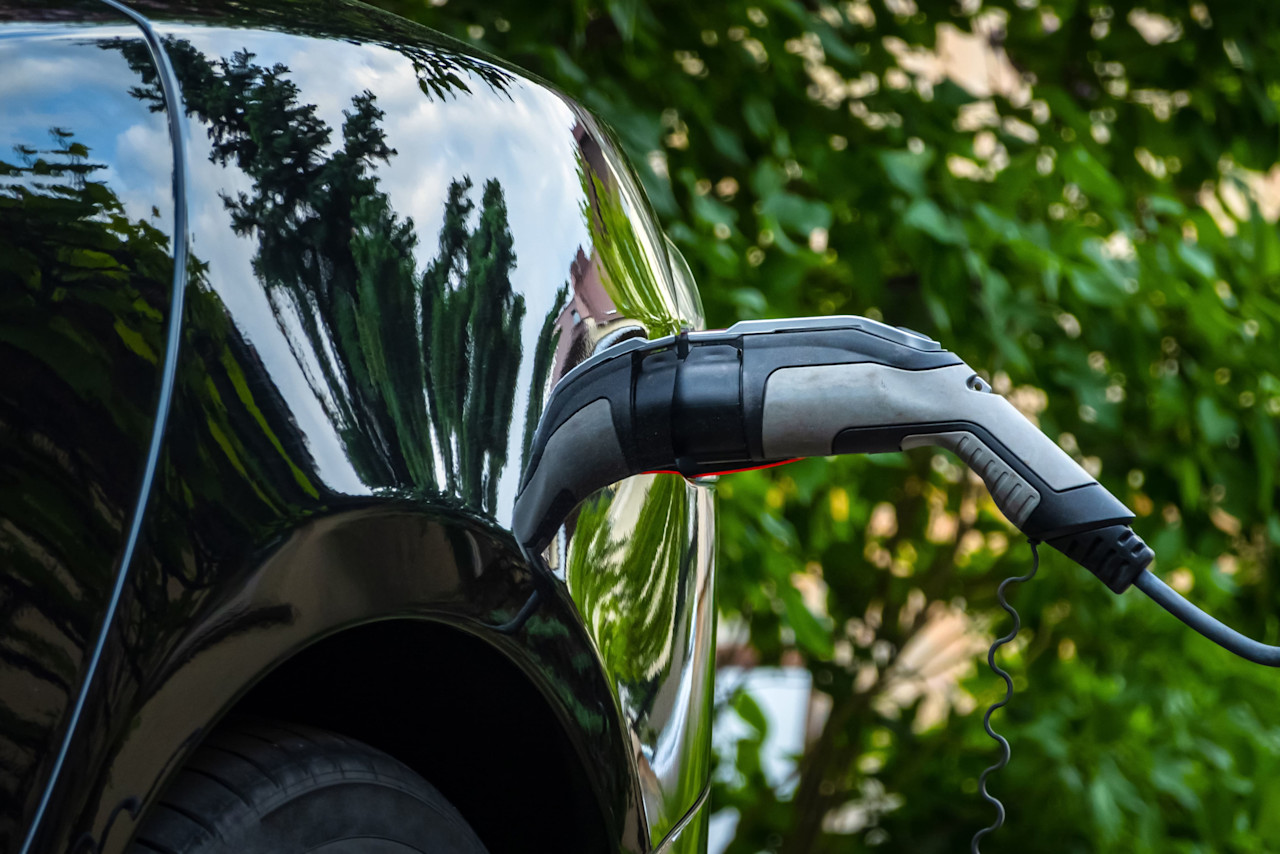% of all passenger kilometers traveled worldwide in a car

Smart Mobility focuses on the electrification and transformation of transportation, one of the most carbon-intensive business sectors. That also leaves it well positioned to capture the growth of several powerful trends gaining velocity, including autonomous driving, seamless connectivity, and the sharing economy.
- 57
- 18
%, EVs as a share of all passenger vehicle sales globally (2023)
- 47
% year on year increase of charging points globally (2023)
Why invest in smart mobility?
Transportation is carbon-heavy, accounting for 20% of global emissions. Road transport accounts for a staggering 75% of that total, making the automotive sector critical for cleaning up the planet and clearing the path for a net-zero future. Carmakers globally have already invested billions to overhaul vehicle designs and production plants for an electrically fueled future.
In the process, they are also harnessing the power of AI and the IoT to reduce pain points such as accident avoidance and routine repairs as well as to transform the entire transportation experience through self-driving cars, interactive audio-visual interfaces, and universal connectivity with the physical and digital worlds.
The strategy
The Smart Mobility strategy sits at the intersection of this automotive revolution, investing in not just global EV manufacturers but also suppliers of essential components. Those include producers of lithium for EV batteries, and other lightweight materials needed for vehicle frames and equipment housing. It also includes makers of batteries and power management devices that store, control and distribute energy to the vehicle’s powertrain and other electronic systems.
Cars are increasingly becoming ‘computers on wheels’ which is why the strategy also invests in the suppliers of semiconductors and software that are critical for vehicle operational systems such as advanced driver assistance and autonomous driving. Investments also extend to smart grid technologies and charging stations that are needed for vehicle fueling. Moreover, opportunities are also springing from companies outside the traditional automotive sector which are providing mobility-as-a-service through robotaxis and car-sharing platforms.
In short, the strategy invests in those companies that supply the critical ingredients to create, maintain, and power intelligent, next-generation vehicle fleets.
Invest in Smart Mobility to drive your portfolio on the path to net zero and long-term growth.
Smart Mobility D EUR
- performance ytd (31-10)
- 13.36%
- Performance 3y (31-10)
- 8.42%
- morningstar (31-10)
- SFDR (31-10)
- Article 9
- Dividend Paying (31-10)
- No
This video isn't available to you because you have not accepted our advertising cookies yet. If you accept them, then you'll be able to view all content:
Thematic investing - Open your portfolio to the power of themes
If you have any questions or would like to make an appointment, please contact us.











